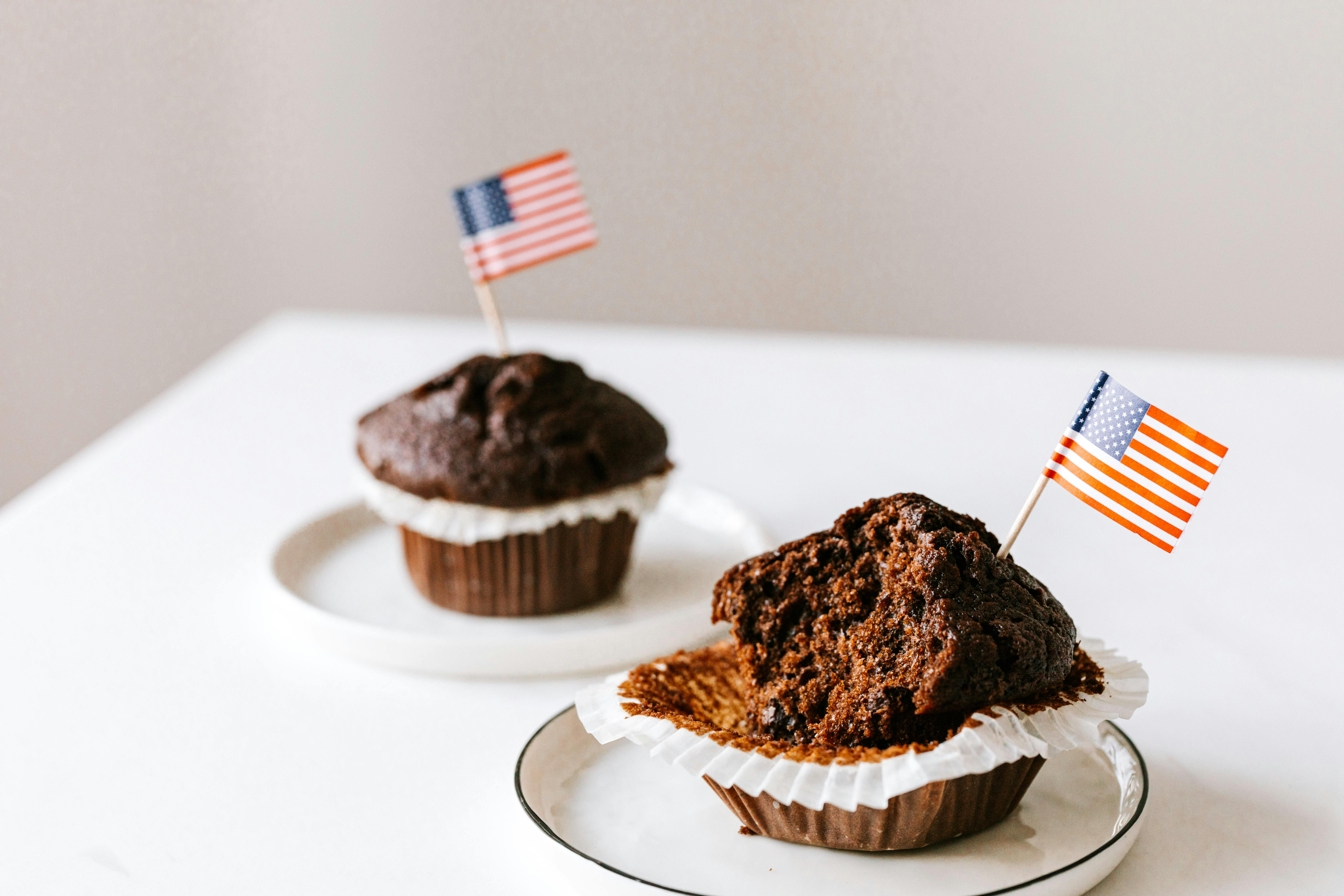Ceramics can be delicate and decorative or crude and utilitarian. Bone china, porcelain, stoneware and earthenware: this month we will review them all.
How pottery is made.
Different types of stone are ground to a fine powder, mixed with water, and a paste is obtained. It is fired in a furnace (an oven) at very high temperatures until the stone particles melt and fuse together to create a strong substance.
White and translucent porcelain.
It is a shiny and smooth non-porous ceramic made with bone ash, china stone and fine kaolin (china clay). Chinese porcelain is light and thin and is fired at a high temperature. Patterns are usually formal. Despite the delicate appearance of bone china, it does not chip easily. It is the finest and most expensive dinnerware available.
Porcelain.
It is a non-porous ceramic made from fine kaolin that is fired at over 1,250 degrees Celsius. Porcelain is translucent, fine and light. Originally from China, this delicate-looking dinnerware is stronger than stoneware. Porcelain is less expensive than bone china and is available in casual and formal patterns.
Stoneware.
Dense kaolin is fired at 1,200 to 1,450 degrees Celsius to create this porous pottery. Neither translucent nor heavy, stoneware chips more easily than porcelain or bone china. It has a casual appearance and is usually glazed in muted earth tones. It can have fine details or be rough and grainy. Stoneware is more affordable than porcelain or bone china.
Earthenware.
It is a thick porous ceramic and fired at a low temperature between 800-1000 degrees Celsius. The earthenware chips quite easily and has a casual look. It is often glazed in bright colors and shaped by hand.
Watch out.
You should always follow the manufacturer’s instructions for care. Please note that direct heat sources can cause rapid temperature changes leading to cracking. Never put old or fine pottery in the dishwasher. Fine gilding wears easily, so keep this in mind when handling vintage pieces. Damage or chips greatly reduce the value of any pottery.
